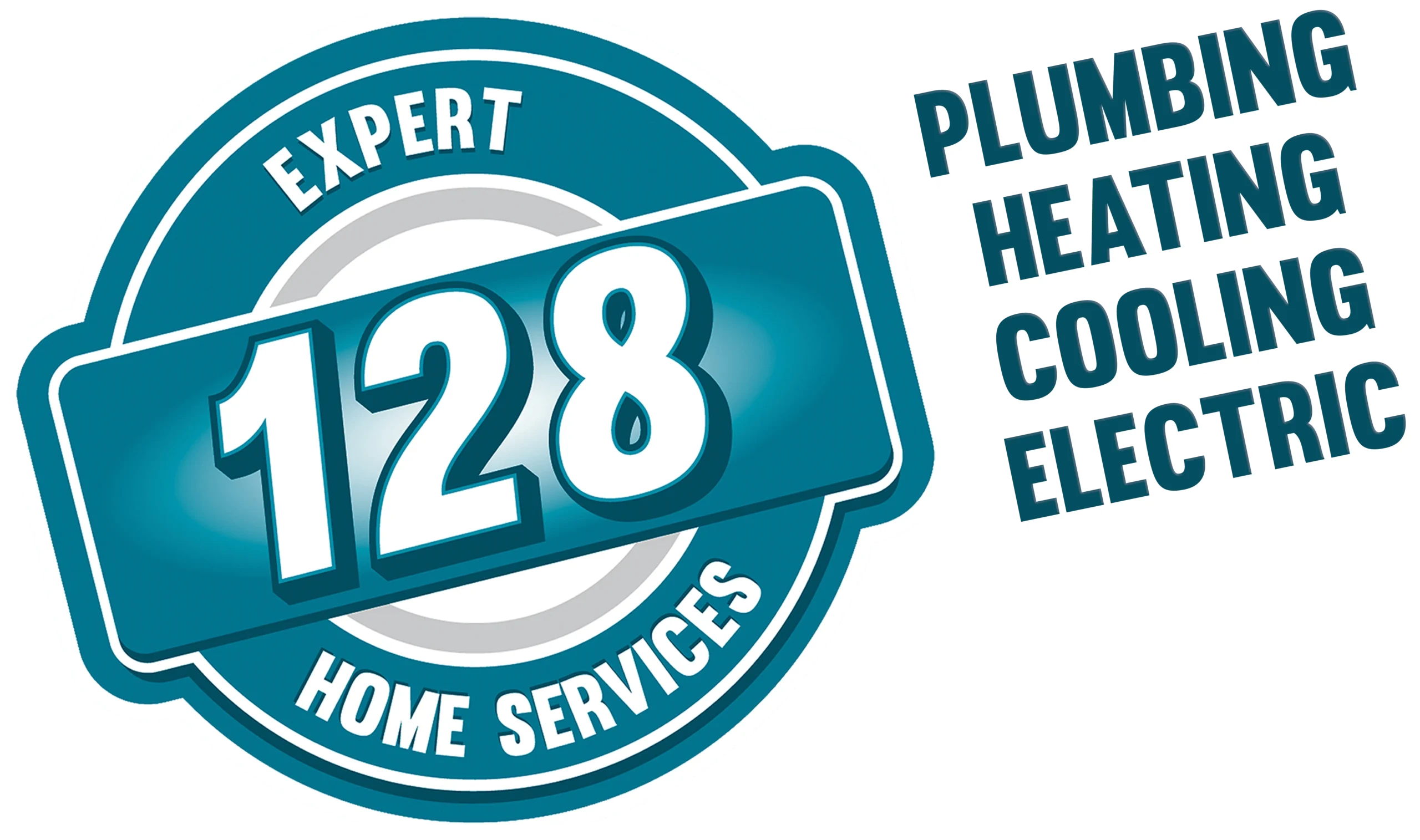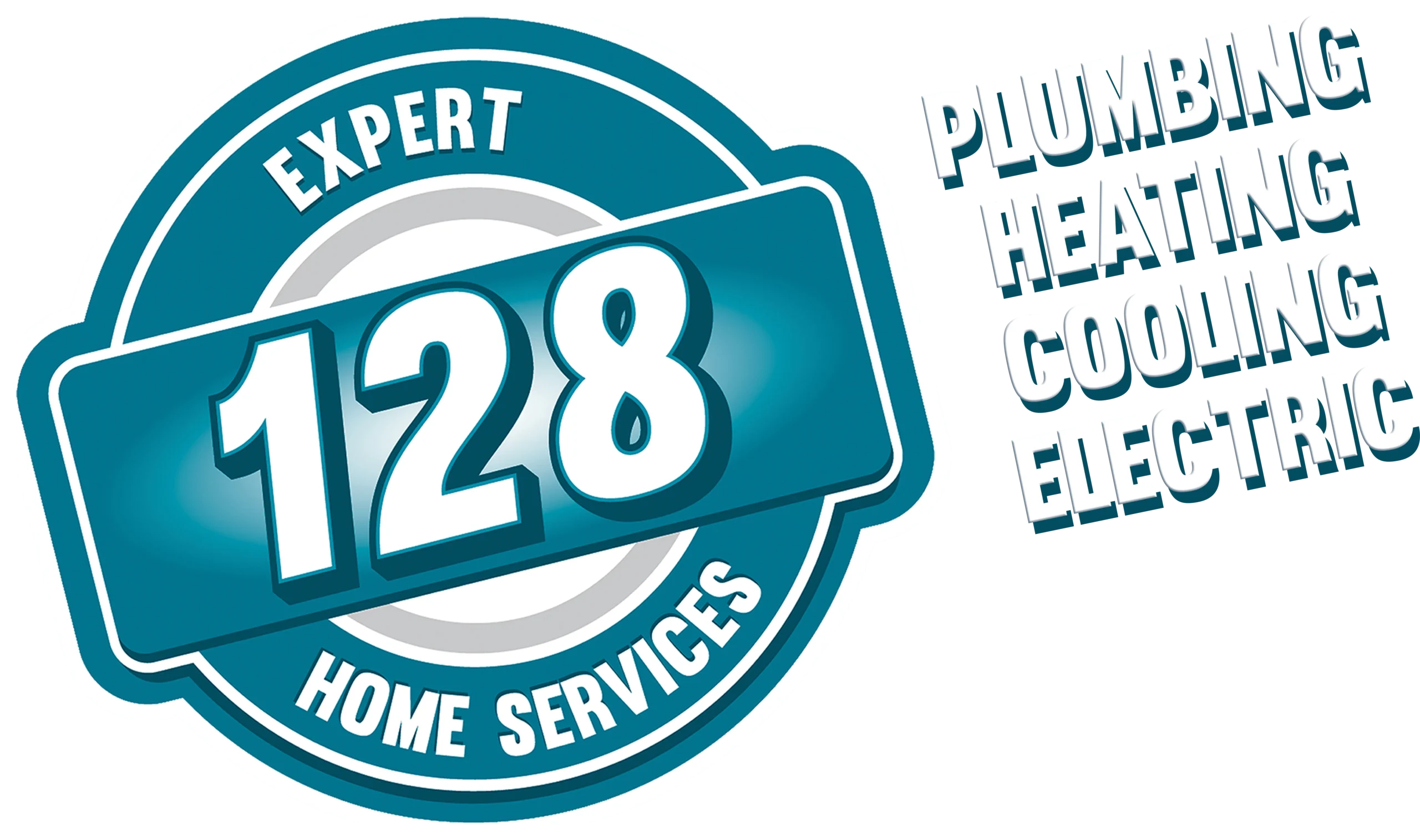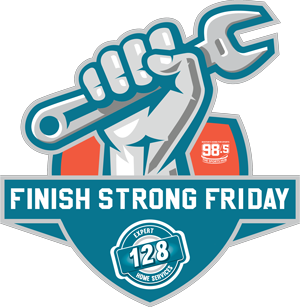Everything You Need to Know About a Furnace Emergency
A broken furnace is a serious problem, and obviously, it needs immediate attention. That’s especially true if you need emergency furnace repair, and at 128 Plumbing we’re experts on the subject—we’ve done thousands of them.
But there’s a lot you need to know how to understand how emergency furnace repair works. For starters, what constitutes a furnace emergency? What happens when we come out to repair it, and how long will it take?
Not all of these questions can be answered definitively right off the bat, but we can give you all the information you need. What follows is a breakdown of emergency furnace repair, from start to finish, along with some reasons why 128 Plumbing is the company you need to choose to get your emergency furnace repair done properly.
What Constitutes a Furnace Emergency?
One of the first problems may homeowners have when their furnace starts acting up and failing to work properly is whether or not to classify the situation as an emergency.
It’s not always easy to answer this question, but there are some common signs that are simple to spot, so let’s review a few of them.
The pilot light in your furnace is a good place to start. If you see a yellow or orange flame when you go to examine the pilot light, it means the gas in your furnace isn’t burning hot enough.
This can even indicate a carbon monoxide leak, which can have serious health consequences, so you should call 128 Plumbing right away if you see these colors when you go to look at your pilot light.
But the pilot light isn’t the only thing you need to examine—make sure to check out the operation of your fan. It should shut off on its own during normal furnace operation cycles, but if it runs constantly, the first thing you should do is a further check of your furnace settings to see if it’s set to “on” instead of “Auto.”
If the setting is correct, it means your furnace and thermostat aren’t communicating properly. This can be an electrical issue or a possible mechanical failure, so once again it’s time to call 128 Plumbing if this happens.
Next up is your carbon monoxide detector. Technically it isn’t an actual part of your furnace, but it performs a key function related to its operation.
If it goes off, you may have a gas leak or a problem with your furnace’s ventilation system. Once again, this is an emergency situation, so it’s important to call us immediately when you hear that relentless beeping sound.
Do you have puddles or steam in your basement? Steam, pooling water on the floors, or water dripping from the walls may all indicate that you have a leaky furnace or an issue with a valve. Shut your furnace off right away if you see water or steam, then call us to get one of our HVAC techs to solve the problem.
Another furnace emergency indicator is the presence of an unfamiliar smell—specifically, a foul odor that reminds you of rotten eggs. It’s a sign that you may have a gas leak, so once again the procedure is to shut the furnace down and give us a call.
There are several noises that may also indicate a furnace emergency. Squealing can indicate a frayed blower belt, while rattling, pinging and popping can indicate issues with loose panels or ductwork problems. A scraping sound can indicate issues with the ball bearings in your motor, which is definitely a serious problem that warrants an emergency visit.
Finally, not getting warm air from the vents is one of the most obvious furnace problems you can have. Your burner or pilot light may have gone out, and we can send a tech out right away to get you back up and running.
What are the Most Common Causes of Emergency Furnace Repair?
All of these indicators of a furnace emergency will lead our highly trained HVAC techs on a specific diagnostic path, but there are some common issues they typically see.
The first thing they’ll check will be the thermostat. If it’s not working, it may mean your fan is constantly running, which will lead to a deeper dive to see what’s causing the fan problem.
Now let’s look at another common cause. If your furnace isn’t blowing out hot air, the first check will be to see if the blower is closed. The tech will be looking for a red flashing light on your blower, which means you need your blower motor replace.
Another common blower problem is the belt. If it’s frayed, it will impair the efficiency of your furnace, and if it goes out completely, you may need to do a replacement there.
This could mean your heat exchanger has gone out. The heat exchanger separates the warming flame from the air, but if it cracks, it will need to be replaced. This is a more costly repair, and your tech may recommend that you get on a 128 Plumbing maintenance program to diagnose it more quickly in the future.
The tech will also check the condition of your filters and ducts to see if there’s a clog. This problem doesn’t typically cause a furnace emergency, but it is a possibility if you haven’t had your furnace serviced in a long time and a lot of dust has accumulated.
If It’s a Furnace Emergency, Call Us Right Away
Furnace emergencies are serious business, so if any of the things we’ve touched on here seem familiar, you need to call us right away. The numbers are (888) 419-4233, or you can use (781) 670-3261. We’ll ask a few quick questions and send someone out as soon as possible to get you back up and running again.
We may also recommend that you sign up for one of our maintenance plans, which prioritizes your situation when you do have a furnace emergency. Being familiar with your furnace will help us solve the problem, so it’s a great idea, and our plans are very reasonable.
You can also go to 128Plumbing.com and start a live chat, and we have some great blogs and articles there to help educate you about your furnace, how it works, and what you need to do to keep it running at peak efficiency.


